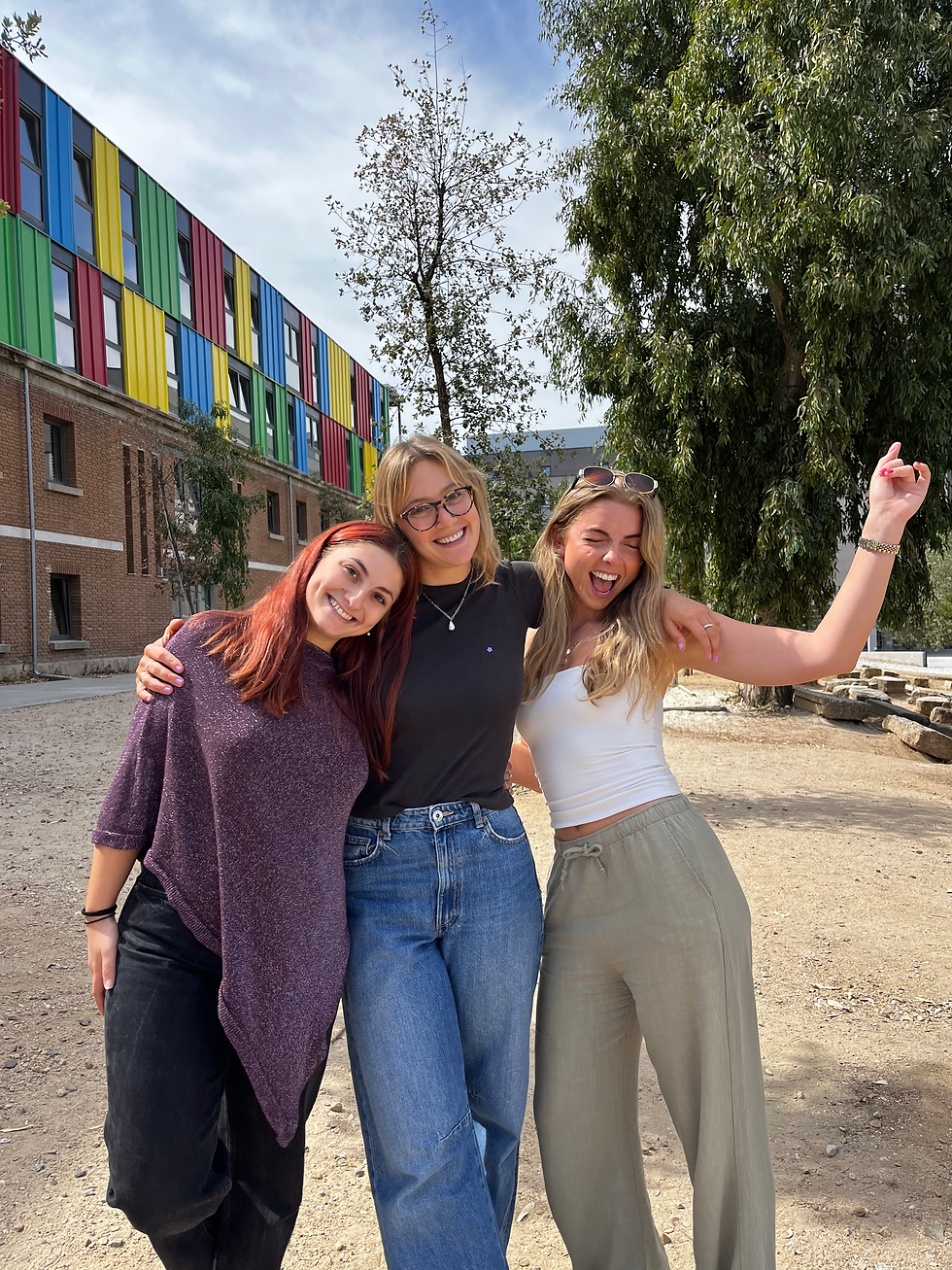Creativity in the classroom
- Academics INLAES
- Jun 18
- 2 min read

Creativity in the ESL classroom is essential for making learning enjoyable and effective. It goes beyond just teaching vocabulary and grammar—creativity brings language to life, making lessons more engaging and memorable for students. Creative activities such as storytelling, role-playing, and interactive games grab students’ attention, keep them interested, and encourage active participation. This dynamic approach not only makes lessons fun but also creates a positive learning atmosphere where students are eager to use English. For example, when students participate in role-playing exercises, they practice real-life scenarios, which helps them apply their language skills in practical contexts.
Using creative methods helps students understand and remember new concepts better. Visuals, music, and stories make learning more relatable and easier to grasp, enhancing their overall comprehension. For instance, drawing and visual storyboards can help solidify new vocabulary, while songs can improve pronunciation and retention. Additionally, integrating technology like language learning apps and online games can provide interactive and engaging ways to reinforce learning. Creative tasks also encourage students to express themselves and use English in different ways, boosting their confidence and communication skills. When students feel comfortable experimenting with language, they are more likely to take risks and improve their proficiency. This confidence can be further developed through group projects where students collaborate and communicate in English, fostering a supportive community of learners.
Incorporating creativity into ESL teaching transforms the classroom experience, making it a dynamic place where students are excited to learn and grow. Fun, interactive activities make learning enjoyable, fostering a love for language learning that lasts a lifetime. Group projects, technology integration, and hands-on activities create a motivating and enriching environment that supports students’ language development and critical thinking skills. By valuing creativity, teachers can cater to different learning styles, keep lessons fresh and engaging, and ultimately help students achieve greater success in their language learning journey. For instance, students can work on creating a class magazine or a short film, which allows them to use English in various contexts and collaborate on a common goal. These projects not only enhance their language skills but also teach them valuable teamwork and project management skills.




Comments